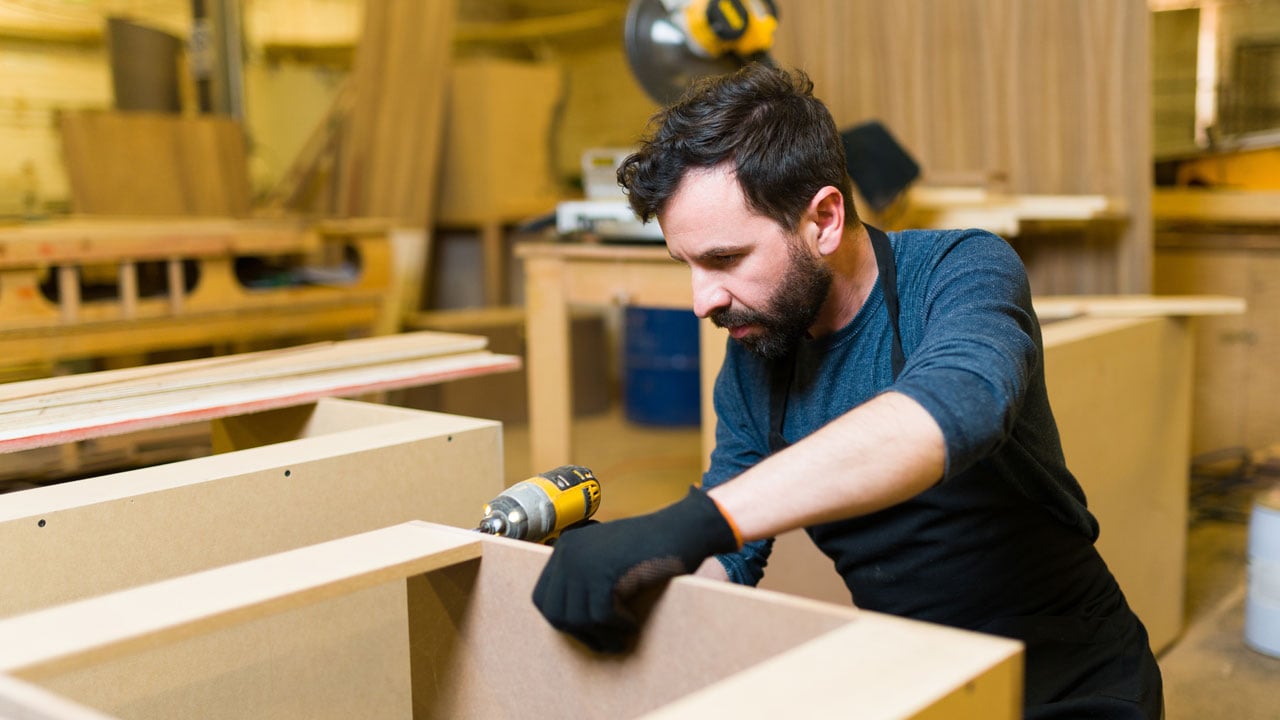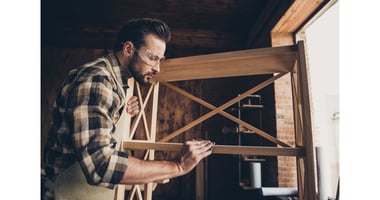Austin Luckett, founder of Iron Pine Metal Prints and More, has found success in the realm of metal...
Challenges of Traditional Cabinetmaking

For centuries, the process of creating exquisite and functional cabinets has been one of meticulous artistry. Traditional cabinet making, with its roots deep in history, is a time-honored craft that boasts of skilled craftsmanship, unique designs, and high-quality output. However, in the age of modern manufacturing and advanced technology, traditional methods have shown certain pain points which could be addressed effectively by incorporating modern technology, specifically Computer Numerical Control (CNC) machines.
The Pain Points of Traditional Cabinet Making
-
Time-Consuming: Crafting a cabinet by hand is a process that requires patience and meticulous attention to detail. From cutting the wood to shaping, assembling, and finishing, each step is time-consuming. This elongated timeline may not always be feasible, especially in today's fast-paced world where time is of the essence.
-
Inconsistency: Even with the most skilled craftsmen, there will always be a degree of inconsistency from piece to piece. These minor differences can be charming, lending a unique touch to each cabinet, but for larger scale projects requiring uniformity, these inconsistencies could be problematic.
-
Limited Scalability: As the demand for products increases, the traditional cabinet-making process may struggle to scale up production. The manual process's inherent limitations make it challenging to meet a sudden surge in demand or maintain consistent output over a long period.
-
Requires Skilled Labor: The traditional method of cabinet making requires a significant level of skill and experience. This could be a bottleneck in places where skilled labor is scarce or expensive.
The Benefits of CNC Machines in Cabinet Making
Enter the world of CNC machines, where precision, efficiency, and scalability are the names of the game. CNC technology has revolutionized various industries, and cabinet making is no exception.
-
Time Efficiency: CNC machines dramatically cut down on the production time. They can work around the clock, only requiring brief stops for maintenance. This efficiency allows for quicker production times, which means faster delivery and higher customer satisfaction.
-
Consistency and Precision: CNC machines follow precise instructions to produce components with unparalleled accuracy. The result is identical pieces each time, making them perfect for large-scale projects that require uniformity. This precision also reduces the margin of error, thereby reducing waste from faulty pieces.
-
Scalability: CNC machines offer high scalability. If you need to ramp up production, it’s as simple as programming the machine to create more pieces. This capability allows businesses to easily adapt to fluctuations in demand.
-
Less Dependence on Skilled Labor: Operating a CNC machine requires technical knowledge, but it is less reliant on the artisan skills that traditional cabinet making requires. This shift can ease the burden on industries facing a shortage of skilled craftsmen.
-
Versatility: CNC machines can produce a vast range of designs, from simple and minimalistic to intricate and complex, all at the click of a button. The possibilities for customization are endless.
-
Safety: Since CNC machines are automated, there's less risk of accidents caused by manual tools. This factor makes the workplace safer for operators.
While there's no doubt that CNC machines offer immense benefits in cabinet making, it is also crucial to preserve the skills and traditions associated with manual craftsmanship. Balancing these two facets – modern efficiency and traditional artistry – could be the way forward for the cabinet-making industry.
In conclusion, the incorporation of CNC technology in cabinet making can address the pain points of traditional methods while still upholding the beauty and quality of the craft. A blend of time-honored skill and advanced technology may very well be the recipe for success in the modern age of manufacturing.



